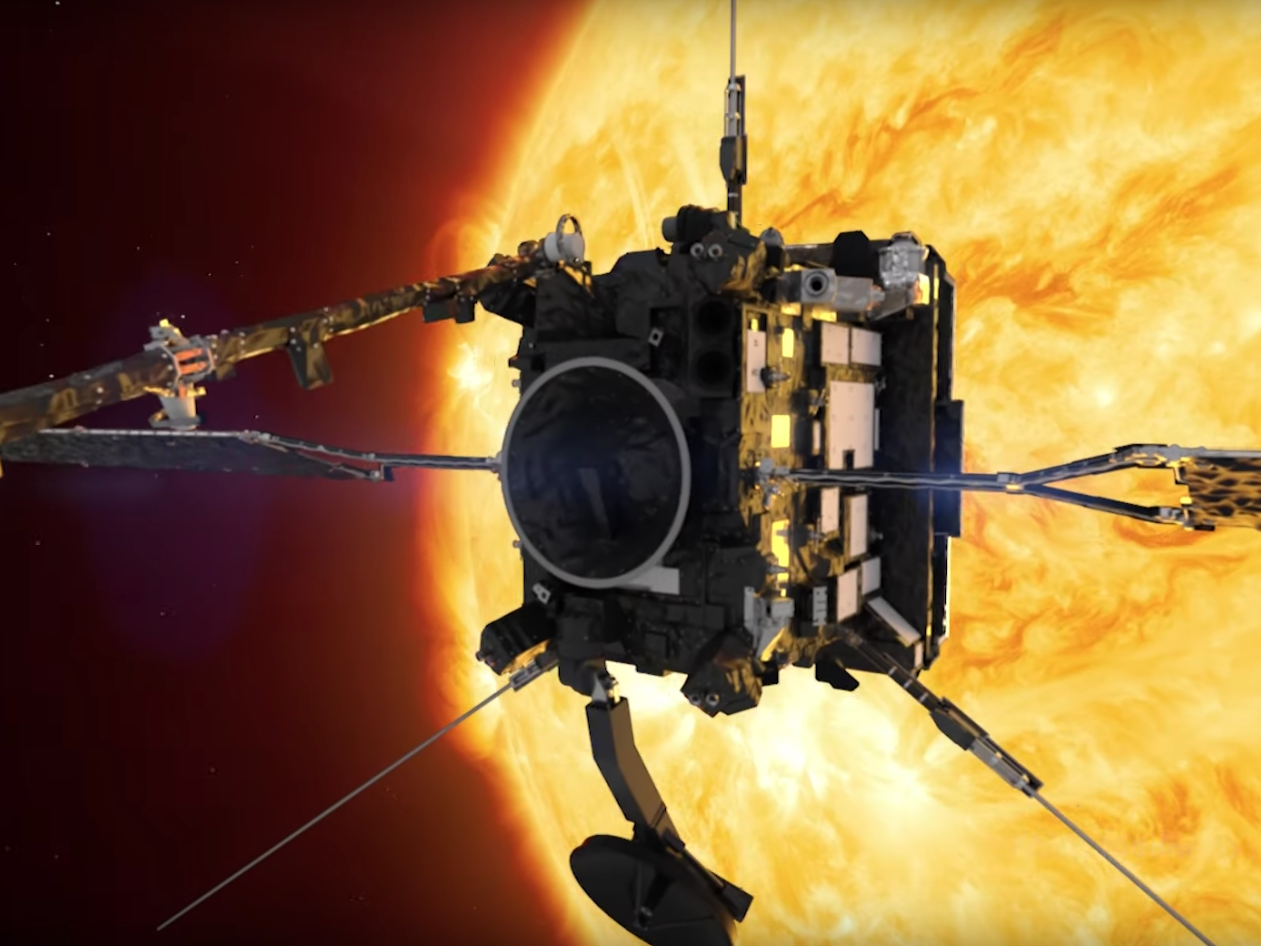Solar Orbiter risks damage as it flies past Earth’s blanket of space debris

The Solar Orbiter could crash into space debris as it flies around Earth this weekend.
The spacecraft is flying past as it heads towards for its main work exploring the Sun.
As it undertakes its flying visit, it will come very close. At its nearest, it will be only 460km from us, officially in low-earth orbit.
That means that it could collide with the same blanket of space debris that has put the International Space Station at risk.
The presence of the space junk means there is a small risk the Solar Orbiter may collide with it.
But the journey to this region is not without danger either.
The spacecraft will fly through another well-used orbital region, called Geostationary orbit, which again is congested with space debris and other satellites.
The European Space Agency (ESA) said it will closely monitor the situation and perform collision avoidance manoeuvres if necessary.
Any evasive action will be taken on Friday, about six hours before close approach.
However, the flyby offers a unique opportunity for science - it can collect data on the Earth’s magnetic field, which can be compared to that from ESA’s Cluster and Swarm missions to give a more detailed, three dimensional description of this highly changeable region around our planet.
After the flyby, regular Venus gravity assists will bring the spacecraft higher over the Sun’s never-before-seen poles, providing new details about how activity on the Sun generates space weather.
Once the Orbiter comes up from Low Earth Orbit and passes above Geostationary orbit, it is out of the risk zone. This should be about one hour after its minimum distance to Earth.
As the mission zooms off, flying with ever-so-slightly less energy than it arrived with, it and its mission teams will never have to consider space debris again.
The spacecraft was launched last February and will orbit the Sun, beaming back high-resolution photos and measuring the solar wind as part of the mission led by ESA and partly funded by the UK Space Agency.
Additional reporting by Press Association
Subscribe to Independent Premium to bookmark this article
Want to bookmark your favourite articles and stories to read or reference later? Start your Independent Premium subscription today.

Join our commenting forum
Join thought-provoking conversations, follow other Independent readers and see their replies